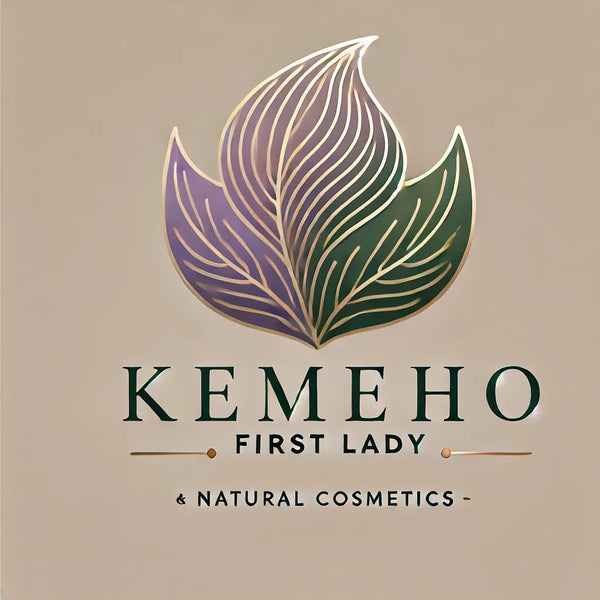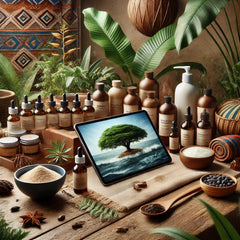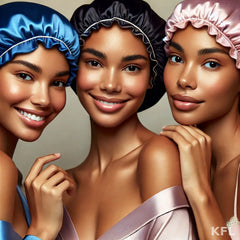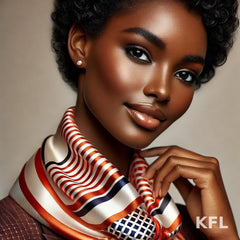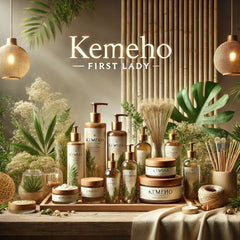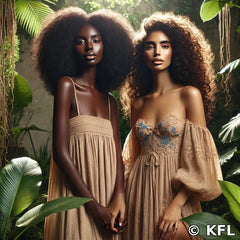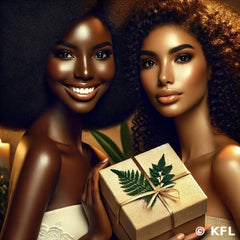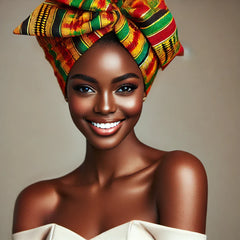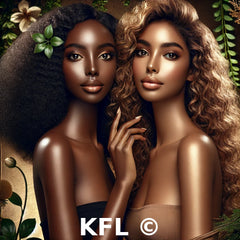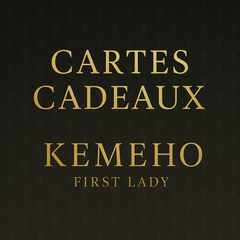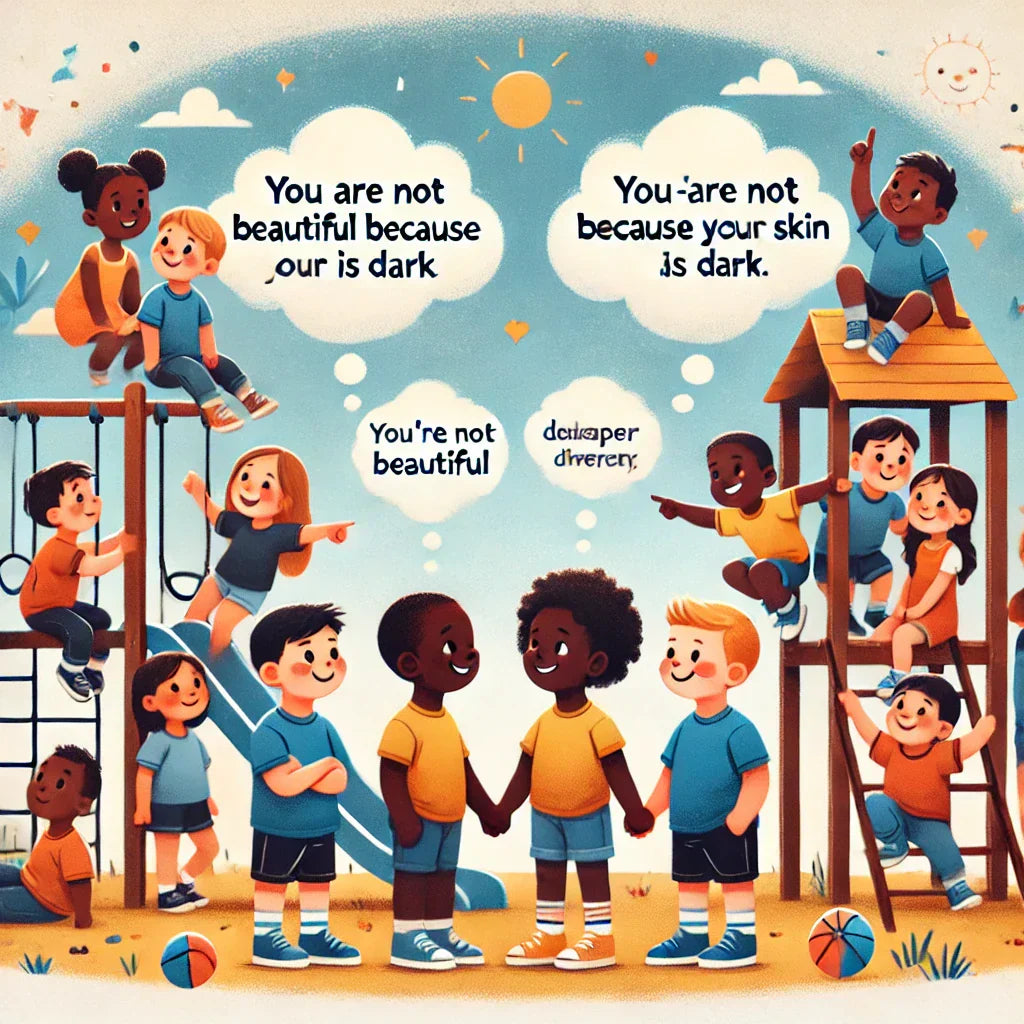
Diversity in Disney Movies: How It Influences Young Generations’ Perception and the Internalization of Racial Stereotypes
Share Label
The Impact of Diversity in Disney Movies: How Representation Shapes Young Children’s Perceptions
The representation of Black and mixed-race characters in movies plays a crucial role in shaping young children’s perceptions of different cultures, social relationships, and society as a whole. However, when there is a lack of representation or when Black and mixed-race characters are represented through stereotypes, it can have significant psychological effects, influencing racist attitudes from an early age. This article explores how diversity in Disney movies shapes young viewers' perceptions and how the absence of diversity, or biased representations, can create racial prejudices in children.
Racial Hierarchy from a Young Age: A Subliminal Phenomenon
Children, from a very young age, begin to internalize ideas about beauty, value, and where others fit into society. Cartoons, movies, and even books deeply influence these perceptions. In the absence of diverse characters or when Black or mixed-race characters are consistently relegated to stereotypical or secondary roles, non-Black children start to internalize racial hierarchies. This can lead to unconscious racist attitudes, with children as young as three years old making hurtful comments like, “You're not pretty, your skin looks like poop.”
Racial Stereotypes in Movies and Their Psychological Impact
Characters in movies, whether they are Black, mixed-race, or from other cultures, are not just fictional figures. They are role models for children, and their portrayal shapes the stereotypes they will adopt over time. If Black characters are constantly shown in subordinate roles, with no power or importance, young viewers, both Black and non-Black, learn that people of color have less value.
This extends beyond racial identity: skin color, hair texture, and even facial features are all elements that influence this perception. Black and mixed-race children who do not see themselves represented in positive roles begin to feel invisible, undervalued, and even inferior. In contrast, non-Black children, seeing that white characters are consistently cast as heroes, may begin to associate “beauty” and “value” with European traits.
The Influence of the Lack of Diversity on Children’s Relationships
This internalization of racism is not limited to how children perceive their own physical traits. It also extends to how they interact with one another. It is not uncommon for non-Black children, as early as 2 or 3 years old, to reject their Black and mixed-race peers because of unconscious stereotypes they’ve learned from media, movies, and cartoons. Phrases like, “You're too Black to be pretty,” or “Your skin is ugly,” can be heard on playgrounds—comments coming from young children who do not fully understand the concept of racism, but who have been influenced by what they see on screen.
Why Diversity is Crucial to Prevent This Mechanism
Providing authentic representation of Black, mixed-race, and diverse cultural characters is essential to breaking the cycle of internalized stereotypes. Black characters should not just exist; they must be portrayed in ways that highlight their strength, beauty, and leadership, just like white characters. Disney and other studios have a huge responsibility in creating characters that embody values of respect and inclusivity from an early age.
Conclusion
Diversity in Disney movies and other media is not just about inclusivity; it’s about preventing the spread of racial stereotypes and promoting self-esteem. Offering Black and mixed-race children positive and varied role models, and showing non-Black children that beauty exists in all colors and cultures, is essential to evolving societal attitudes. Diversity in the media is the key to creating a fairer and more respectful society, where every child feels seen and valued, regardless of their skin color.
